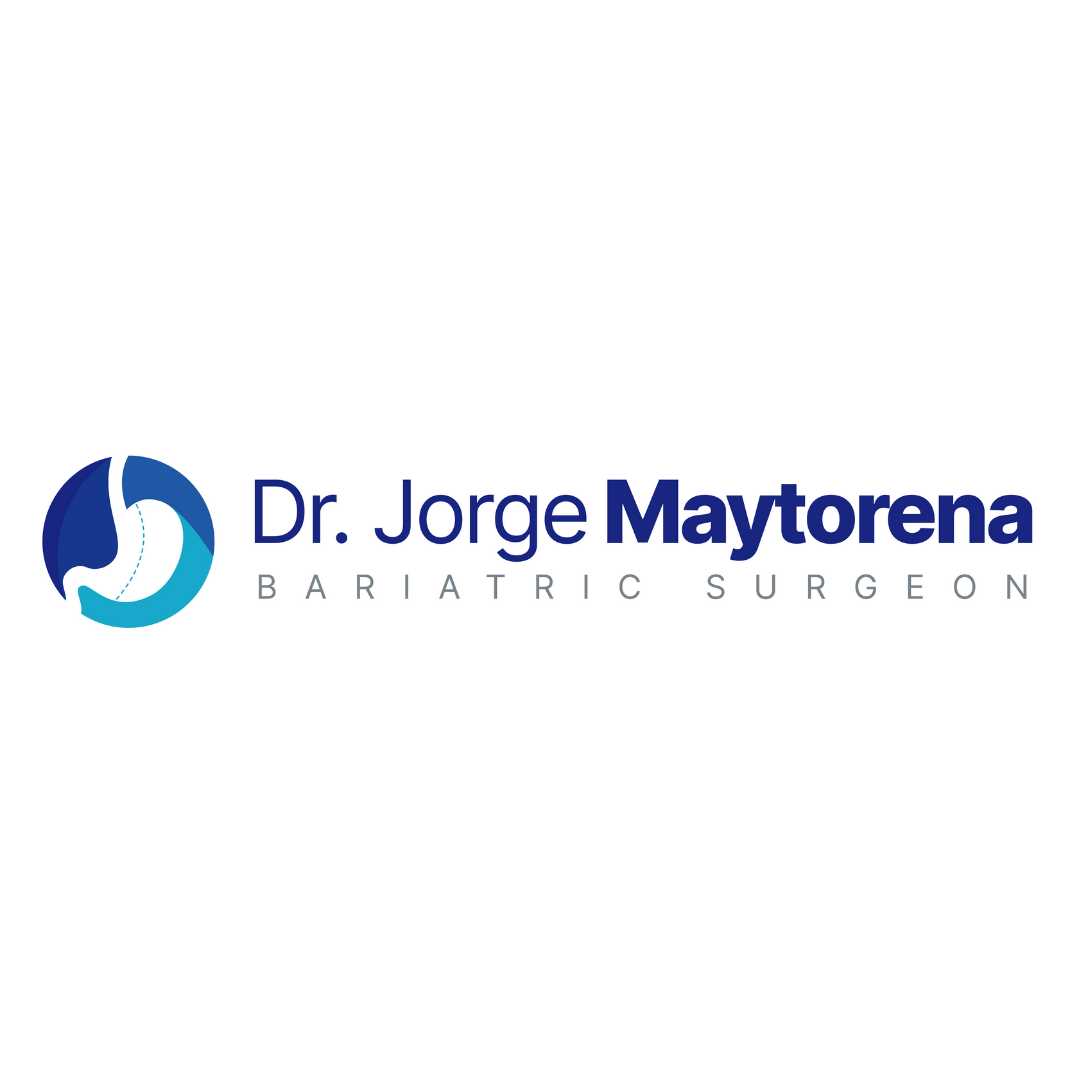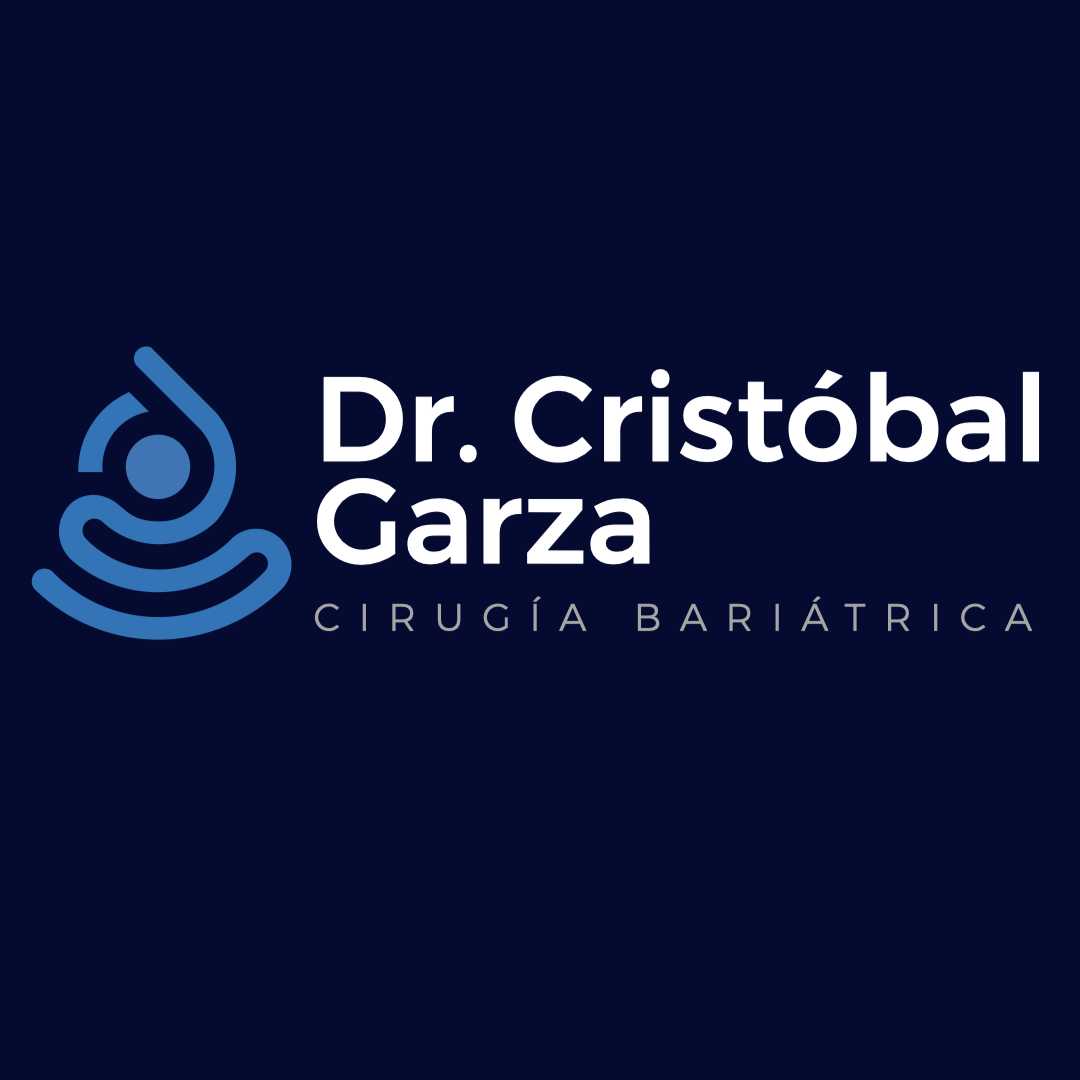Tijuana's Revision Gastric Sleeve: Reaching Your Weight Loss Goals

Considering a revision gastric sleeve in Tijuana? If you've previously undergone bariatric surgery and are finding that your weight loss has stalled, you've regained weight, or you're experiencing complications, a revision procedure might be the answer. It's completely normal to have questions about what to expect, especially regarding how much weight you can anticipate losing. This comprehensive guide will explore the nuances of weight loss after a revision gastric sleeve in Tijuana, detailing the factors that influence your results, the different types of revisions, and what you can do to maximize your success. Tijuana has become a prominent destination for bariatric revisions, offering experienced surgeons and advanced facilities at a more accessible cost.
The journey with bariatric surgery is a lifelong commitment, and sometimes, the initial procedure may not provide the desired long-term outcomes. Whether due to the natural stretching of the stomach over time, lifestyle factors, or anatomical changes, a revision can be a powerful tool to get you back on track towards your health goals. Understanding the various options and setting realistic expectations is key. This article aims to provide clear, concise answers to your most pressing questions about weight loss and the overall process of undergoing a revision gastric sleeve in Tijuana.
What is a Revision Gastric Sleeve?
A revision gastric sleeve is a type of bariatric revision surgery, meaning it's a second procedure performed after an initial weight loss surgery. The reasons for needing a revision are varied but commonly include:
- Insufficient Weight Loss: The patient did not lose as much weight as expected after their initial gastric sleeve.
- Weight Regain: After an initial period of successful weight loss, the patient starts to regain a significant amount of weight. This can happen if the gastric sleeve stretches over time.
- Complications: Ongoing issues such as severe acid reflux (GERD) that don't respond to medication, chronic nausea, vomiting, or other anatomical problems related to the first surgery.
The goal of a revision gastric sleeve is to enhance the restrictive or malabsorptive effects, or to resolve health complications, ultimately leading to improved weight loss and better health outcomes. It's a highly personalized procedure, tailored to the specific needs and challenges faced by the individual patient.
How Much Weight Can I Expect to Lose with a Revision Gastric Sleeve in Tijuana?
It's important to set realistic expectations for weight loss after a revision gastric sleeve. The amount of weight you can expect to lose is influenced by the type of revision performed and your starting point. Unlike primary bariatric surgery where weight loss percentages are often 60-80% of excess body weight, revision surgeries typically aim to achieve further loss or prevent further regain.
Here's a breakdown of what might be expected depending on the type of revision:
- Lap-Band to Gastric Sleeve: Patients converting from an adjustable gastric band (Lap-Band) often see significant weight loss, sometimes losing an additional 25% to 65% of their excess body weight within the first year after conversion. This is because the sleeve offers a more consistent restriction and can impact hunger hormones.
- "Re-Sleeve" (Tightening the Existing Sleeve): If the primary gastric sleeve has stretched, a "re-sleeve" aims to reduce the stomach volume again. The weight loss here might be more modest but can be crucial for regaining control over hunger and portion sizes. The goal is to reignite weight loss that has stalled or to reverse weight regain.
- Sleeve to Gastric Bypass or Duodenal Switch: If the initial gastric sleeve did not provide enough weight loss or if severe reflux is an issue, a conversion to a more malabsorptive procedure like a gastric bypass or duodenal switch can lead to more substantial additional weight loss, often in the range of 50-75% of remaining excess body weight, depending on the specific procedure and individual factors.
Your surgeon in Tijuana will assess your individual circumstances, including the reason for the revision and your current weight, to give you a more personalized estimate.
Why Consider a Revision Gastric Sleeve in Tijuana?
Tijuana has become a leading destination for bariatric surgery, including complex revision procedures, for several compelling reasons:
- Cost-Effectiveness: The cost of a revision gastric sleeve in Tijuana is significantly lower than in the United States or Canada, often representing a 50-70% savings. This makes life-changing surgery accessible to many who might not otherwise be able to afford it.
- Experienced Surgeons: Many bariatric surgeons in Tijuana are highly experienced, board-certified, and have performed thousands of bariatric and revision surgeries. They are often at the forefront of adopting new techniques and technologies.
- Accredited Facilities: Reputable clinics and hospitals in Tijuana meet international standards for patient safety and quality of care. They are often equipped with state-of-the-art technology, comparable to facilities in developed countries.
- Proximity for North Americans: Tijuana's close proximity to the US border makes it a convenient and easily accessible option for patients from the United States and Canada.
These factors combine to offer a high-quality, safe, and affordable option for those seeking a revision gastric sleeve.
What Are the Common Reasons for Needing a Gastric Sleeve Revision?
While a primary gastric sleeve is highly effective for many, it's not uncommon for some patients to require a revision down the line. The main reasons typically fall into these categories:
- Inadequate Weight Loss: Some patients, despite adhering to post-operative guidelines, simply do not achieve their target weight loss, or their weight loss stalls prematurely. This could be due to individual metabolic responses or the initial sleeve not being optimally sized.
- Weight Regain: Over time, the stomach pouch created during the gastric sleeve procedure can stretch, increasing its capacity and leading to increased food intake and subsequent weight regain. This is a physiological response and not necessarily a "failure" on the patient's part, though lifestyle choices also play a role.
- Persistent Complications: One of the most common complications requiring gastric sleeve revision is severe and persistent gastroesophageal reflux disease (GERD) that isn't manageable with medication. Other complications can include strictures (narrowing of the sleeve), chronic nausea or vomiting, or fistulas.
A thorough evaluation by a bariatric surgeon is essential to pinpoint the exact reason for the issues and determine the most appropriate revision strategy.
What Types of Revision Gastric Sleeve Procedures are Available?
When a gastric sleeve revision is needed, the surgeon in Tijuana will choose the most suitable procedure based on the underlying problem and the patient's overall health and weight loss goals. Common revision options include:
- Re-Sleeve: This involves re-shaping and re-stapling the existing gastric sleeve to make it smaller and more restrictive if it has stretched or was initially created too large. This is often considered for weight regain due to sleeve dilation.
- Sleeve to Gastric Bypass (Roux-en-Y): This is a common conversion, particularly for patients experiencing severe GERD or inadequate weight loss/regain. It involves creating a small stomach pouch and rerouting the small intestine, adding a malabsorptive component.
- Sleeve to Duodenal Switch (BPD-DS or SADI-S): For patients with very high BMIs, or those who need maximal weight loss and resolution of comorbidities, converting a sleeve to a duodenal switch (or a single-anastomosis duodenal-ileal bypass with sleeve, SADI-S) is an option. This procedure is both highly restrictive and malabsorptive.
- Other Conversions: Less commonly, a sleeve might be converted to other procedures depending on unique patient needs.
Your surgeon will discuss the pros and cons of each option with you, outlining the expected weight loss and potential risks associated with each procedure.
Is Revision Gastric Sleeve Surgery in Tijuana Safe?
Safety is a primary concern for any surgical procedure, and revision gastric sleeve in Tijuana is no exception. Reputable bariatric centers in Tijuana maintain high safety standards, often exceeding those found in some facilities elsewhere. Key safety assurances include:
- Board-Certified Surgeons: Many surgeons performing bariatric revisions in Tijuana are board-certified and have extensive specialized training in complex bariatric procedures.
- Accredited Hospitals: Top clinics are often accredited by international organizations (like Joint Commission International), ensuring adherence to strict protocols for patient care, sterilization, and facility standards.
- Advanced Technology: These facilities use modern surgical equipment and techniques, including laparoscopic approaches, which minimize invasiveness and recovery time.
While revision surgery can be more complex than a primary procedure due to scar tissue from the initial operation, experienced surgeons in Tijuana are well-versed in navigating these challenges, keeping complication rates low. Open communication with your surgical team about all potential risks and benefits is vital.
What is the Recovery Process After a Revision Gastric Sleeve?
The recovery process after a revision gastric sleeve is similar to that of a primary bariatric surgery, though it can sometimes be influenced by the complexity of the revision. Here's a general overview:
- Hospital Stay: Most patients will stay in the hospital for 2 to 3 days following the procedure for monitoring and initial recovery.
- Diet Progression: You'll follow a strict liquid diet, gradually advancing to pureed foods, then soft foods, and eventually regular solid foods over several weeks. Adhering to this diet is crucial for healing and adapting to your new stomach.
- Pain Management: Pain is typically managed with medication and is usually well-controlled.
- Return to Activity: Most patients can return to light daily activities within one to two weeks. Strenuous exercise and heavy lifting will need to be avoided for a longer period, typically 4-6 weeks, as advised by your surgeon.
- Long-Term Adjustment: Full recovery and adaptation to the new way of eating and living can take several months. Ongoing support from a nutritionist and possibly a therapist is beneficial for long-term success.
Your surgical team in Tijuana will provide detailed post-operative instructions to ensure a smooth and effective recovery.
Will My Insurance Cover Revision Gastric Sleeve in Tijuana?
One of the primary reasons individuals choose Tijuana for bariatric surgery, including revisions, is the significant cost savings compared to procedures in the United States and Canada. This often means that even when paying out-of-pocket, the total cost remains more affordable than with insurance deductibles and co-pays for surgery in your home country.
While direct insurance coverage is rare, some options can help manage the cost:
- Self-Pay Savings: The self-pay packages offered by clinics in Tijuana are designed to be comprehensive and transparent, covering surgeon fees, hospital costs, anesthesia, and sometimes even pre-operative tests and post-operative follow-up.
- Health Savings Accounts (HSAs) and Flexible Spending Accounts (FSAs): These accounts can often be used to pay for medical expenses, including bariatric surgery and travel costs, which can effectively reduce your out-of-pocket burden.
- Medical Financing: Several specialized lending companies offer medical loans specifically for bariatric surgery, allowing patients to finance the procedure with manageable payment plans.
It's always recommended to contact your insurance provider directly to understand their specific policies on international medical care, but be prepared for the likelihood of needing to self-fund your revision gastric sleeve in Tijuana.
What Long-Term Lifestyle Changes are Necessary After a Revision Gastric Sleeve?
Just like with your initial bariatric surgery, a revision gastric sleeve is a tool, not a magic bullet. Long-term success in weight loss and health improvement hinges on your commitment to significant and lasting lifestyle changes. These include:
- Dietary Adherence: A lifelong commitment to a healthy eating plan is crucial. This typically involves prioritizing protein, limiting refined carbohydrates, sugars, and unhealthy fats, and eating smaller, more frequent meals. Your nutritionist will guide you through this.
- Supplementation: Depending on the type of revision (especially if it involves a malabsorptive component like a conversion to bypass or duodenal switch), lifelong vitamin and mineral supplementation will be essential to prevent nutritional deficiencies. Regular blood tests will monitor these levels.
- Regular Exercise: Physical activity is vital for maintaining weight loss, building muscle, improving metabolism, and enhancing overall well-being. Start with light activities and gradually increase intensity as your body allows.
- Follow-Up Care: Consistent follow-up appointments with your bariatric team, including your surgeon, nutritionist, and possibly a psychologist, are critical for addressing any challenges, monitoring your health, and ensuring long-term success.
- Mindset and Support: Addressing any underlying emotional or behavioral eating patterns is important. Joining support groups can provide valuable peer support and guidance.
Ready to explore your options for a revision gastric sleeve in Tijuana? PlacidWay connects you with leading bariatric surgeons and accredited clinics in Tijuana, providing access to safe, effective, and affordable solutions for your weight loss journey. Contact us today to learn more and take the next step towards a healthier you.


.png)














Share this listing